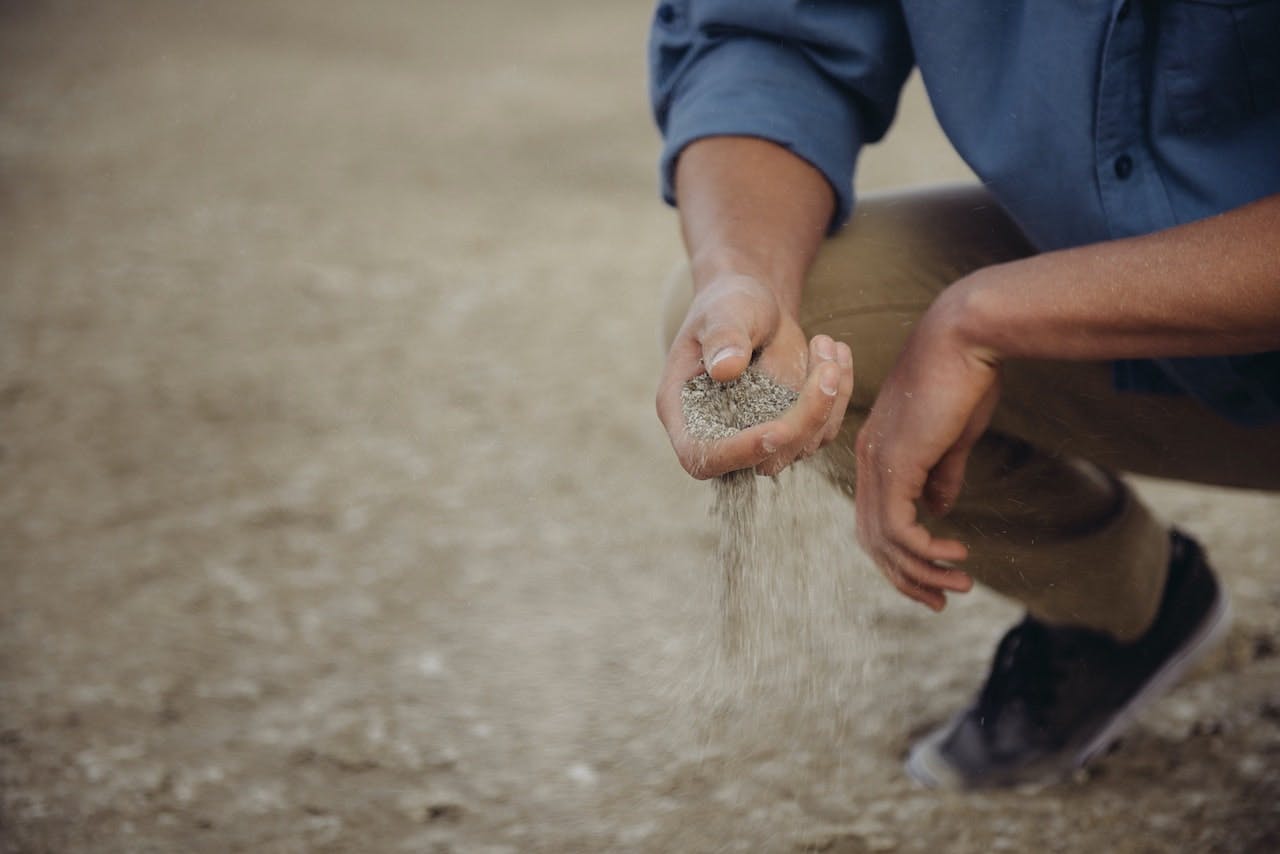Can we design a different kind of soil carbon market?
Building up soil organic carbon is a good thing that drives productivity, resilience and creates new economic opportunities.
The problem is that the process for turning soil improvements into financial outcomes is complex and fast-moving. Farmers are constantly bombarded with information about new opportunities at the same time as being told about the risks of getting things wrong. Many farmers are so unsure what to do that the easiest thing seems to be doing nothing at all.
This is a doubly bad outcome because it misses opportunities to improve soil health and to provide climate solutions.
What if the system wasn't designed for farmer participation in the first place?
Soil carbon markets are really a bolt-on to existing carbon markets, and it shows. More than that it shows in ways that make it especially hard for farmers to participate given the already uncertain nature of farming.
-
Permanence obligations can place highly restrictive limitations on a farm's future
-
Additionality requirements can leave early-adopter farmers feeling ignored for great work already done
-
Markets are biased toward offsetting when many farmers will need to more closely align with their existing supply chains
-
Participation is focussed on individual enterprises and project risks and costs can ruin the economics
Do we really need soil carbon markets to function in this way? Are there better designs that can address these challenges and still deliver healthier soil, more resilient farms, and payments for ecosystem services?
Is permanence that important?
Of course, we have to draw down atmospheric carbon, and we have to draw down far more than is released, but is it possible that imposing permanence on a per-project level inhibits scale and hence total drawdown?
Does it make sense to consider carbon retention as an annual service provided by farmers?
Do we spread retention risk well enough?
Retention risk in soil carbon projects is difficult to solve, and possibly doesn't make any sense to be viewed on a per-project basis. Are there basketing approaches, or cooperative approaches that can provide better solutions?
Are quality and price balanced properly?
Do we focus too much on perfect methods and not enough on defining the data that buyers need to make their own decisions in balancing price with quality? Can a more digitally native ecosystem service market provide a greater diversity of opportunity for participation - allowing farmers to pick their own level?
Are we interested in taking a whole new look at what a carbon market designed specifically for agriculture might look like?
